To mitigate the risks from high-risk AI systems placed on the market or put into service and to ensure a high level of trustworthiness, certain mandatory requirements should apply to high-risk AI systems, taking into account the intended purpose and the context of use of the AI system and according to the risk-management system to be established by the provider. The measures adopted by the providers to comply with the mandatory requirements of this Regulation should take into account the generally acknowledged state of the art on AI, be proportionate and effective to meet the objectives of this Regulation. Based on the New Legislative Framework, as clarified in Commission notice “The ‘Blue Guide’ on the implementation of EU product rules 2022”, the general rule is that more than one legal act of Union harmonisation legislation may be applicable to one product, since the making available or putting into service can take place only when the product complies with all applicable Union harmonisation legislation. The hazards of AI systems covered by the requirements of this Regulation concern different aspects than the existing Union harmonisation legislation and therefore the requirements of this Regulation would complement the existing body of the Union harmonisation legislation. For example, machinery or medical devices products incorporating an AI system might present risks not addressed by the essential health and safety requirements set out in the relevant Union harmonised legislation, as that sectoral law does not deal with risks specific to AI systems. This calls for a simultaneous and complementary application of the various legislative acts. To ensure consistency and to avoid an unnecessary administrative burden and unnecessary costs, providers of a product that contains one or more high-risk AI system, to which the requirements of this Regulation and of the Union harmonisation legislation based on the New Legislative Framework and listed in an annex to this Regulation apply, should have flexibility with regard to operational decisions on how to ensure compliance of a product that contains one or more AI systems with all the applicable requirements of that Union harmonised legislation in an optimal manner. That flexibility could mean, for example a decision by the provider to integrate a part of the necessary testing and reporting processes, information and documentation required under this Regulation into already existing documentation and procedures required under existing Union harmonisation legislation based on the New Legislative Framework and listed in an annex to this Regulation. This should not, in any way, undermine the obligation of the provider to comply with all the applicable requirements.
